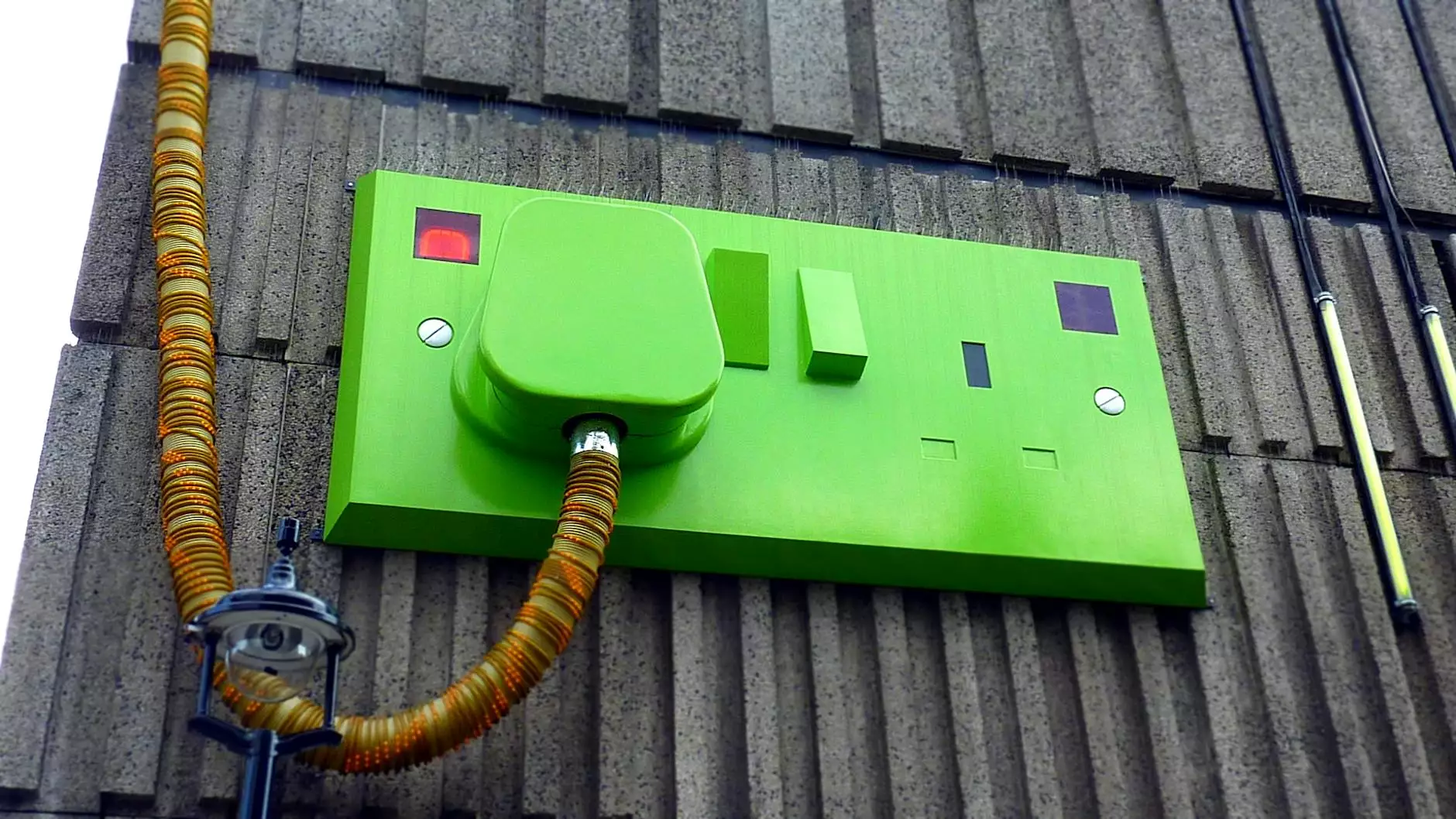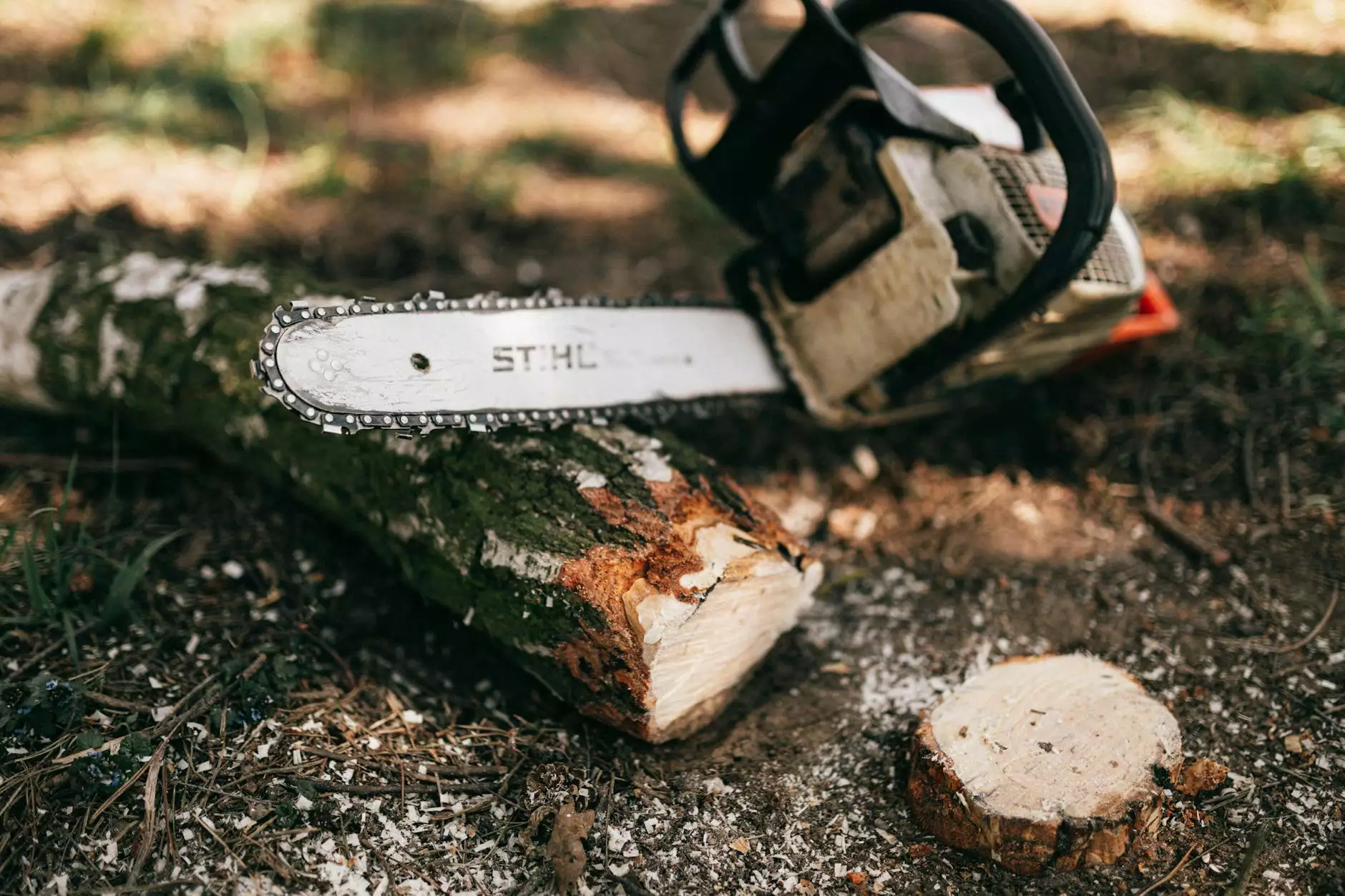Spark Plug Thread Repair Guide by Kent Bergsma

Grafco Electric presents the ultimate spark plug thread repair guide by Kent Bergsma. If you are tired of dealing with stripped or damaged spark plug threads, this comprehensive guide is here to help! With years of experience in the field, Kent Bergsma has compiled his expert tips and techniques to make spark plug thread repair a breeze.
The Importance of Proper Spark Plug Threads
Before we dive into the specifics of spark plug thread repair, let's understand why it is crucial to have proper threads. The threads play a crucial role in sealing the spark plug tightly in the cylinder head, ensuring efficient combustion and preventing any leaks.
When spark plug threads become damaged or stripped, it can lead to a range of issues such as engine misfires, reduced performance, and even potential damage to the cylinder head itself. It is essential to address thread problems promptly to maintain the optimal functioning of your engine.
Common Causes of Spark Plug Thread Damage
Understanding the common causes of spark plug thread damage can help you prevent future issues. Here are a few factors that can contribute to thread damage:
- Over-tightening or cross-threading during spark plug installation
- Using incorrect or incompatible spark plug thread size
- Excessive heat or high vibration levels can cause thread erosion
- Age and wear can lead to thread deterioration over time
By familiarizing yourself with these causes, you can minimize the risk of spark plug thread damage and potentially save yourself from costly repairs in the long run.
Tools and Materials for Spark Plug Thread Repair
Now that you understand the importance of spark plug thread repair, let's explore the tools and materials you'll need to get the job done:
- Thread chaser or tap to clean the existing threads
- Thread inserts, such as helicoils or timeserts, to restore the damaged threads
- Ratchet, socket set, and extension for easy spark plug removal and installation
- Thread locking compound to secure the newly installed inserts
- Gap gauge and torque wrench for precise spark plug adjustments
Having these tools readily available will ensure a smoother repair process and help you achieve long-lasting results.
Step-by-Step Guide to Spark Plug Thread Repair
Now let's dive into the step-by-step process of spark plug thread repair:
Step 1: Preparation
Start by ensuring the engine is cool to avoid any burns. Remove the spark plug wire and use compressed air to clear any debris from the spark plug area.
Step 2: Cleaning the Threads
Using a thread chaser or tap, carefully clean the existing threads. This step will remove any dirt, carbon buildup, or damaged portions of the threads, preparing them for the repair process.
Step 3: Installing the Thread Insert
Take the appropriate thread insert, such as a helicoil or timesert, and carefully install it into the repaired threads. Make sure it is inserted flush with the cylinder head and follows the manufacturer's instructions for installation.
Step 4: Securing the Thread Insert
Apply a thread locking compound to the installed insert. This will ensure the insert remains securely in place and prevents it from loosening during engine operation.
Step 5: Installing the Spark Plug
With the thread repair completed, it's time to reinstall the spark plug. Apply a small amount of anti-seize compound to the spark plug threads, insert it carefully into the repaired threads, and tighten it to the manufacturer's recommended torque specifications.
Step 6: Testing and Verification
Once the spark plug is securely installed, connect the spark plug wire and perform a thorough testing process. Start the engine and listen for any abnormalities in its operation. Ensure there are no leaks or vibrations.
Expert Tips and Best Practices
Here are some additional expert tips and best practices to keep in mind while performing spark plug thread repairs:
- Always double-check the thread size and compatibility before installing a thread insert
- Regularly inspect your spark plugs for signs of wear, and address any issues promptly
- Follow the manufacturer's recommendations for spark plug replacement intervals
- Use a torque wrench to avoid over-tightening or under-tightening the spark plugs
- Seek professional assistance if you're unsure or uncomfortable performing the repair yourself
Conclusion
In conclusion, spark plug thread repair is an essential skill every car owner and enthusiast should possess. By following the comprehensive guide by Kent Bergsma and utilizing the right tools, you can effectively repair damaged spark plug threads and keep your engine running smoothly.
Remember, when it comes to spark plug thread repair, attention to detail and precision are key. Taking the time to properly repair the threads will ultimately prolong your engine's life and save you from costly repairs down the line.
For more expert advice and high-quality automotive products, trust Grafco Electric. We are dedicated to providing comprehensive resources and products for all your automotive needs.










